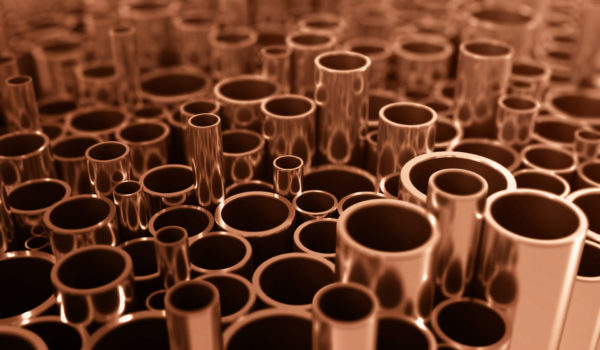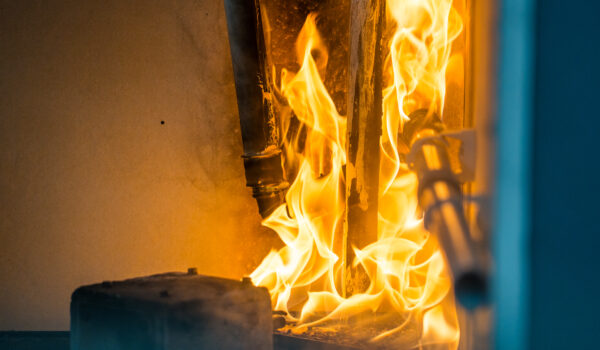Burning plastic is a serious health and environmental hazard that many people underestimate. Whether it’s accidental or intentional, the fumes from burning plastic can be incredibly toxic and pose significant risks to human health and the environment. Discover just how dangerous burning plastic can be and why it’s crucial to choose safer alternatives, especially when it comes to the pipes in our homes and buildings.
The Alarming Toxicity of Burning Plastic
Recent studies have shown that burning plastic releases a cocktail of harmful chemicals and toxins into the air. But just how toxic are these fumes? The answer might shock you.
According to research conducted in CuSP’s Plastic Under Fire campaign, burning plastic pipes can release toxins at levels hundreds of times higher than safer alternatives like copper. For instance, when burned for just eight minutes:
- Multi-Layer Composite Pipes (MLCP) produced 248 times more carbon monoxide than copper pipes
- Cross-linked Polyethylene (PEX) pipes produced 209.5 times more carbon monoxide than copper
These figures are truly alarming, especially when you consider that carbon monoxide is a silent killer that can cause rapid unconsciousness and death.
The Dangerous Cocktail of Burning Plastic Fumes
When plastic burns, it doesn’t just release carbon monoxide. The fumes contain a complex mixture of toxic chemicals, including:
- Dioxins and Furans: These are highly toxic compounds that can cause reproductive problems, damage the immune system, and even cause cancer.
- Volatile Organic Compounds (VOCs): These can lead to a range of health issues, from eye and respiratory tract irritation to liver damage and cancer.
- Heavy Metals: Depending on the type of plastic, burning can release metals like lead and mercury, which are known to cause neurological damage.
- Hydrogen Cyanide: This highly toxic gas was detected when MLCP pipes were burned, emitting 1.25 mg/m² in just 8 minutes.
The health risks associated with these burning plastic fumes are severe and wide-ranging, from short-term effects like headaches and nausea to long-term consequences such as cancer and neurological disorders.
The Hidden Danger in Our Homes
What’s particularly concerning is that many of us have these potential toxin emitters running through our walls and floors. Plastic pipes, which have become increasingly popular due to their low cost and ease of installation, pose a significant fire safety risk.
In our Plastic Under Fire tests, different types of plastic pipes showed alarming results:
- PEX pipes completely burned in under three minutes, severely limiting evacuation time in a fire.
- CSST pipes produced 761 times more smoke than copper pipes within the first four minutes of burning, potentially trapping occupants and accelerating fire spread.
- MLCP took just over five minutes to burn completely, releasing a host of toxic chemicals in the process.
These plastic fire risks are not to be taken lightly. In the event of a house fire, the burning of plastic pipes could significantly increase the danger to occupants and firefighters alike.
The Copper Alternative: A Safer Choice
In contrast to the alarming performance of plastic pipes, copper stands out as a safer alternative. Copper pipes:
- Do not burn due to their high melting point of 1,085°C
- Produce negligible smoke, maintaining visibility during a fire
- Do not release toxic fumes when exposed to high temperatures
This makes copper pipes not just a more durable choice, but a potentially life-saving one in the event of a fire.
What Can We Do?
Given the severe toxicity of burning plastic fumes, we must take steps to minimise our exposure and risk:
- If you’re building or renovating, consider using copper pipes instead of plastic ones. The slightly higher upfront cost could save lives in the long run.
- Ensure proper disposal of plastic waste. Never burn plastic as a means of disposal.
- In case of a fire, evacuate immediately. The fumes from burning plastic can incapacitate you within minutes.
- Support initiatives and regulations that promote the use of safer, non-combustible materials in construction.
The toxicity of burning plastic is not something to be taken lightly. From the dangerous fumes released to the fire safety risks posed by plastic pipes in our homes, the evidence is clear: we need to rethink our reliance on plastic, especially in critical applications like plumbing.
By choosing safer alternatives like copper pipes and being aware of the risks, we can create safer homes and buildings for everyone. After all, when it comes to fire safety, every decision counts.

